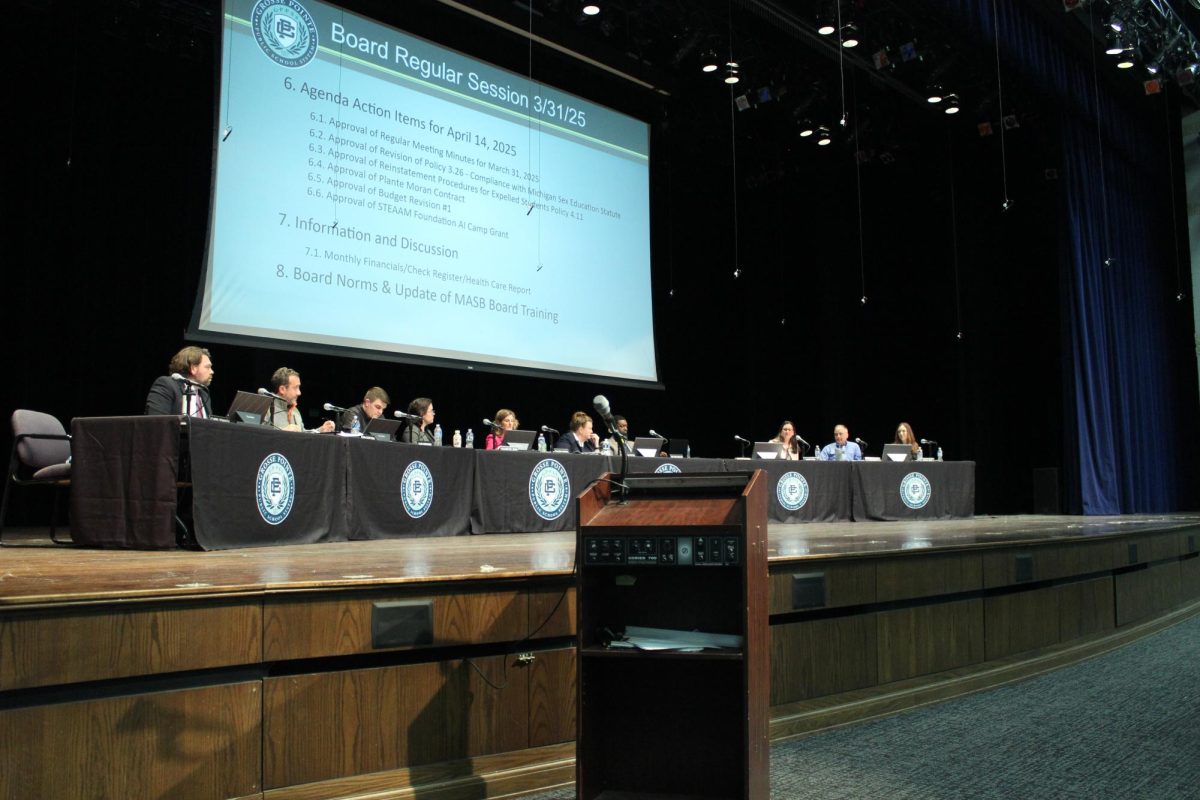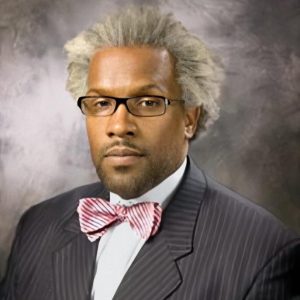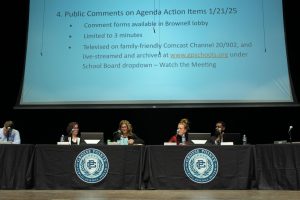Sports injuries pile up as winter sports come to a close
March 1, 2022
With many sports related injuries recently occurring at South, many students have been seen hopping around on crutches or in slings. According to the John Hopkins Medical center, more than 30 million students participate in a sport, resulting in around 3.5 million sports related injuries per year.
The best way to handle sports injuries is to stop them from happening in the first place. Hailee Craig, one of Grosse Pointe South’s varsity hockey coaches, emphasized the importance of stretching and taking in necessary nutrients.
“It is critical to have a good diet, and drinking a lot of water before a game definitely helps,” Craig said. “Also, stretching is a major way to prevent many injuries.”
Jordan Peliter, one of Grosse Pointe South’s athletic trainers, said there are also other injury prevention strategies for student athletes.

“Having a really good warm up is super important,” Peltier said. “Stretching, having a good dynamic warm up and basically doing anything to prime your bodies for what they’re about to do (is important for student athletes).”
A torn anterior cruciate ligament (ACL) is one of the most common sports injuries. According to Beaumont Hospital, there’s approximately 100,000 to 200,000 cases of a torn ACL per year in America. Kamiron Richards ’22 tore her ACL during last year’s basketball season.
“I fell during the first quarter of our third basketball game of the season and was told by different trainers that it was just a bone bruise,” Richards said. “I went three weeks thinking it was a bone bruise, but it wasn’t getting any better. I finally went to a doctor where they had told me I tore my ACL.”
Richards didn’t struggle alone. Libby Ebenhoeh ’23 also tore her ACL during a club soccer game just before March 2020.
“I tore my ACL during my soccer game,” Ebenhoeh said. “I came into contact with someone, and my leg got weirdly twisted. I still played after the fact. It was a dumb choice, but my teammates kept telling me to go off and were very supportive.”
The Cleveland Clinic states that the recovery period for a torn ACL is around six to nine months. This recovery process was definitely not easy for both Ebenhoeh and Richards. However, Richards was determined to get back on the court as soon as possible, so she spent extra hours in physical therapy.
“A lot of people with torn ACL’s go to physical therapists around twice a week, myself included,” Richards said. “I wanted to be sure that I would be back for my senior season, so on top of that I went to a personal trainer, which paid off since I got cleared in six months.”
However, sports injuries are definitely not limited to torn ACLs. Chase Mazey ’23 pinched a nerve while throwing a hefty pitch during his baseball game last season.
“I was throwing last year, and I pinched a nerve in my forearm,” Mazey said. “Every time I extended my arm, my hand would lay on a fire-like tingling pain. Later the trainer decompressed it, and I was able to finish the season with no problems.”
Mazey has had his fair share of sports related injuries, from broken bones to concussions. He is taking time to research sports medicine as a possible future career, and he was able to share with us some advice he’s learned along the way.
“My biggest thing when I think about possible injuries is prehab before rehab,” Mazey said. “(You should be) stretching everyday and staying in shape, so you don’t end up in rehab from an injury.”
Peltier said different sports players should prepare differently based on what muscles will be used the most.
“If you’re an overhead athlete, you’re getting your upper body ready,” Peltier said. “If your sport is more lower body focused, you want to make sure your legs are ready and moving. You basically just never want to go into something cold.”
Richards also expressed how stretching is always necessary after tearing her ACL, which allowed her to see how she neglected warming up before her injury.
“Usually people will blow through the motions of stretching, but after tearing my ACL, I realized there were a ton of different things I should be incorporating into my warm up,” Richards said. “I realized I shouldn’t have been taking stretching for granted, and I really started taking it more seriously.”
After dealing with a range of sports related injuries, Peltier remains supportive of all of our students in the athletic program and wishes nothing but the best.
“I just hope that all of our athletes are staying safe and doing all the things possible to make our jobs as easy as possible,” Peltier said. “If all goes well, our job is just to watch sports, and if not, we’re always here to help.”













































































